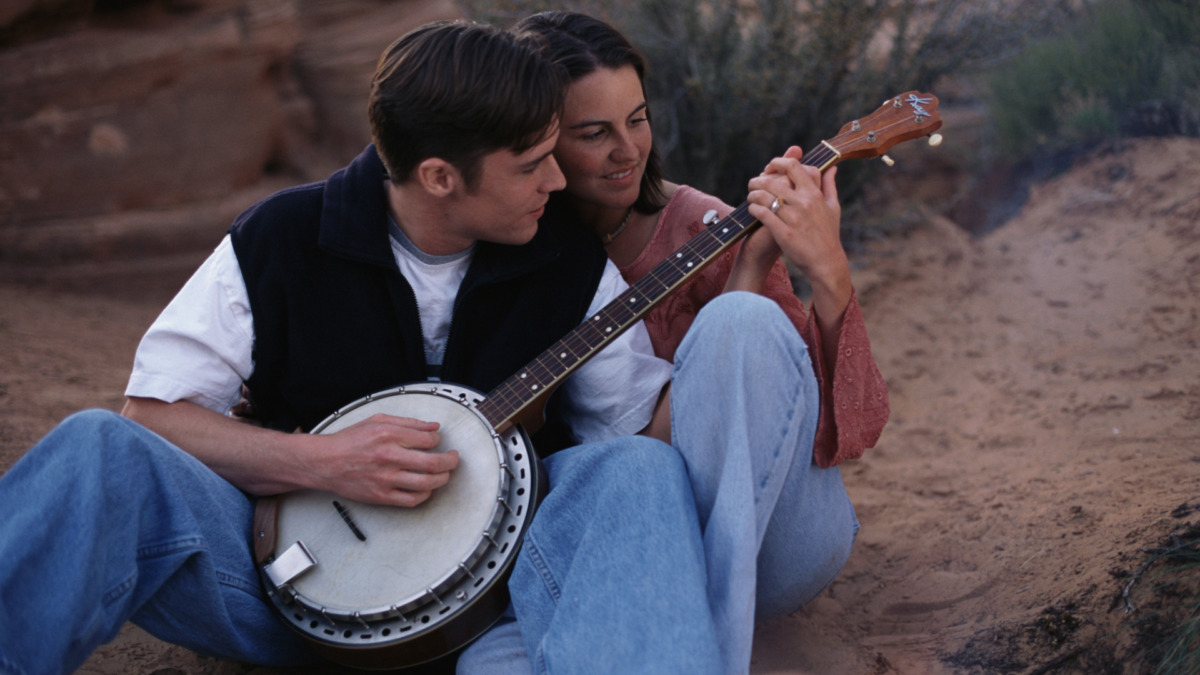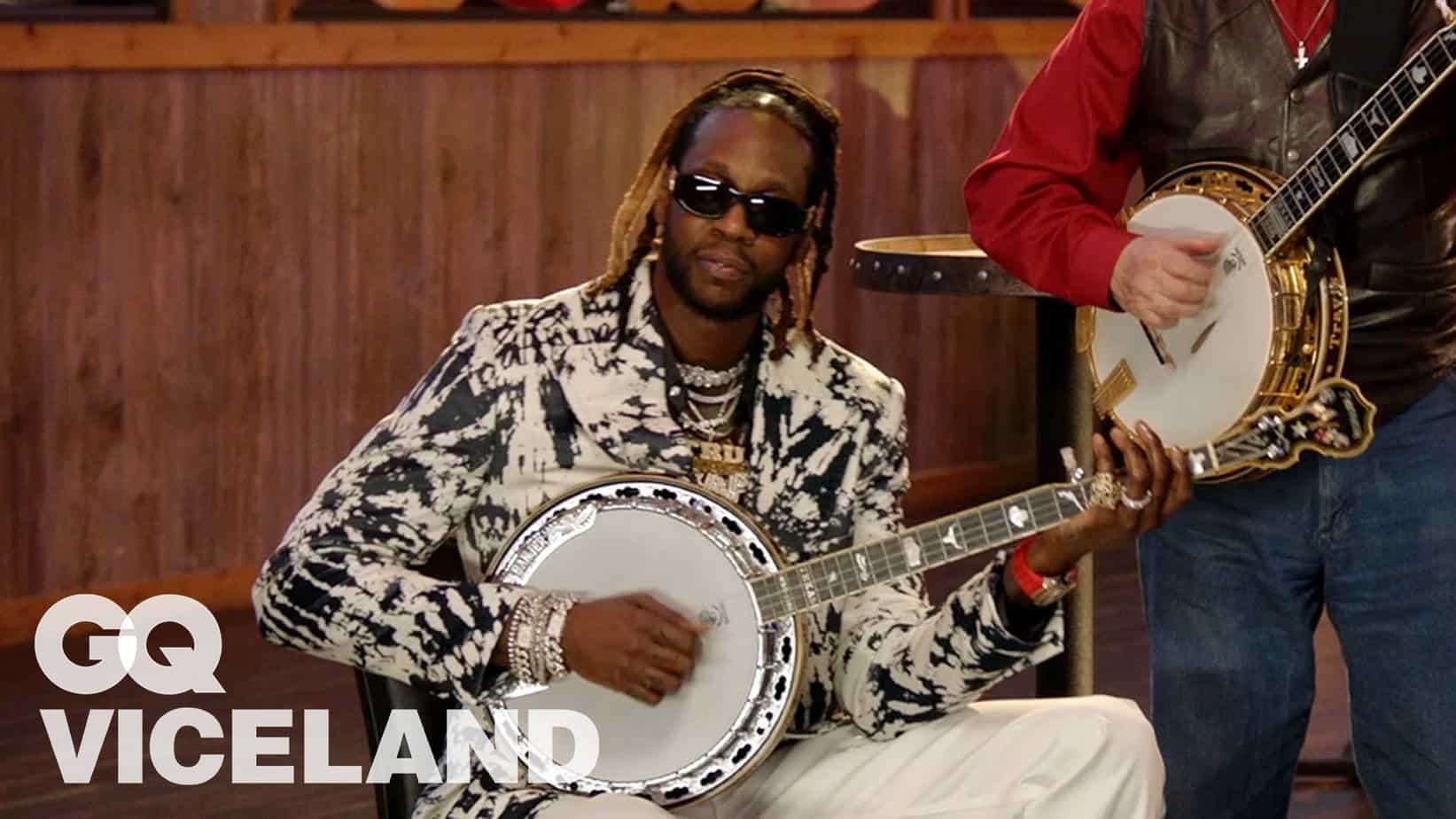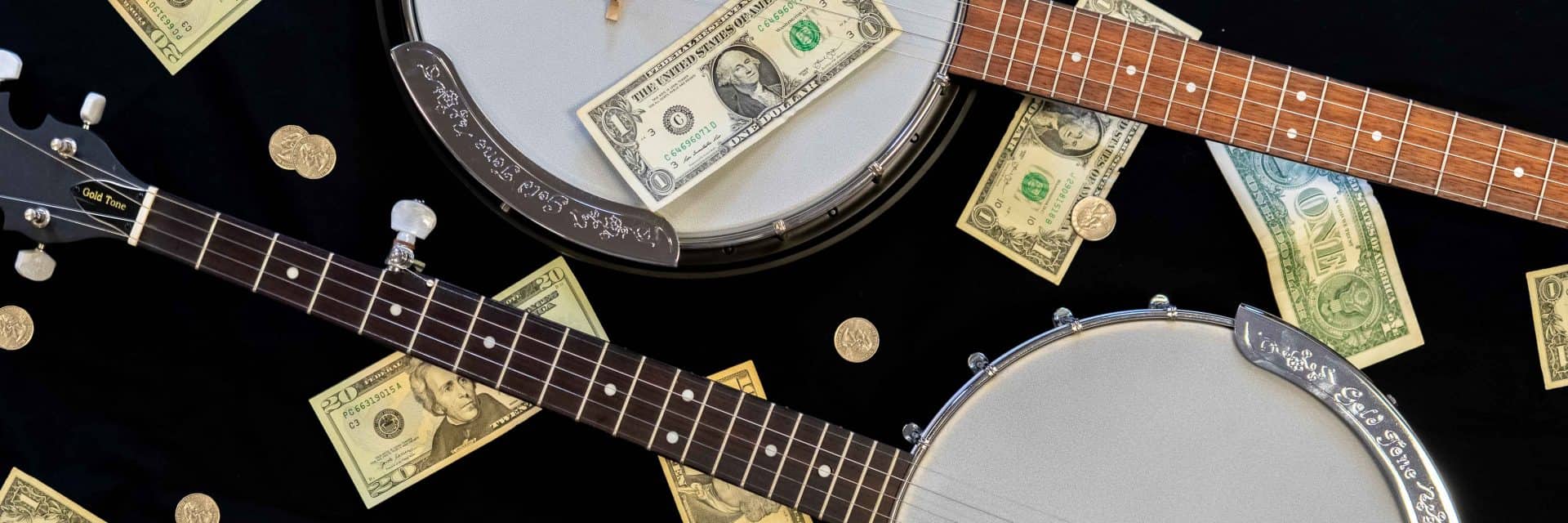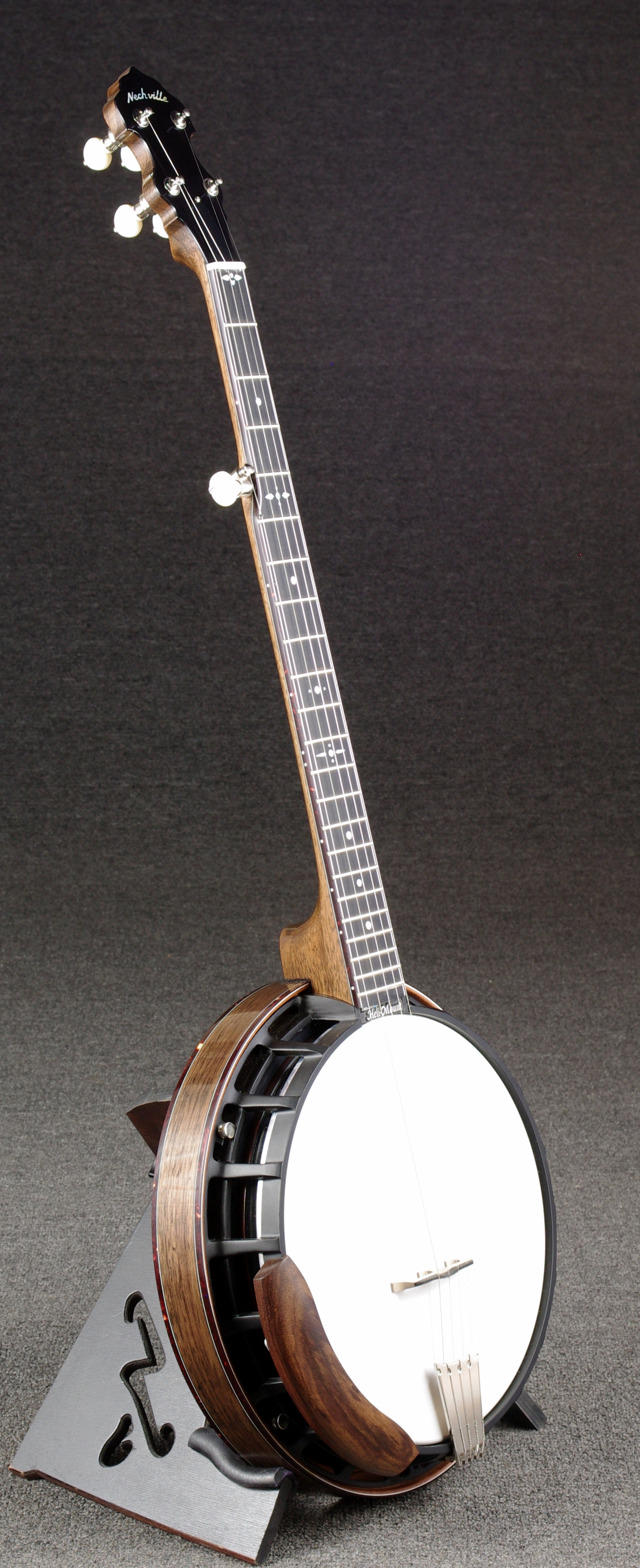As a musician, I’m often asked “why are banjos so expensive?”. It’s a valid question, considering that the cost of a banjo can range anywhere from a few hundred to a few thousand dollars. But what many people don’t realize is that there are numerous factors that contribute to the high cost of banjos. In this article, I’ll explain the surprising reasons behind their high cost, so you can make an informed decision when purchasing one.
Overview of Banjos
Banjos are stringed instruments that typically have a round body and a long neck, with four or five strings tuned to a high pitch. They are often made of wood, although other materials such as plastic, metal and fiberglass have been used in the manufacturing process. Most banjos have a fretted fingerboard, a resonator, and a tailpiece. The banjo is traditionally played with a pick, although fingerstyle techniques have become popular in recent years. Banjos are often associated with bluegrass and folk music, although they have been used in other genres such as rock and jazz. They are typically more expensive than other stringed instruments, due to their construction, materials and craftsmanship.
Cost Factors
Quality
The quality of the banjo is going to be a major factor in its cost. Higher quality banjos are going to use better woods and metals for the body, better strings, and better electronics. The attention to detail in the craftsmanship also makes a difference in the cost.
Materials
The materials used in the construction of the banjo are also going to play a role in the cost. Banjos can be made from a variety of materials including metal, wood, and plastic. Higher quality banjos are often made from higher quality materials, which can add to the cost.
Craftsmanship
The craftsmanship of the banjo is also going to be a factor in its cost. Higher quality banjos are often made with more precision and attention to detail. This can add to the cost of the banjo.
Brand
The brand of the banjo is also going to be a factor in its cost. Certain brands are known for making higher quality instruments, and this can add to the cost of the banjo.
Historical Value
- Banjos have been around for centuries, being used in many different cultures and musical styles.
- The banjo has had an important role in the development of American folk music and bluegrass.
- High-end banjos are often made by hand in small workshops, with each instrument taking many hours to complete.
- These banjos often feature antique designs and materials, which can add to their value.
- Vintage banjos, particularly those made before World War II, are highly sought after by collectors and can command very high prices.
Current Demand
- Banjos are currently popular in many genres of music.
- Demand for banjos has increased significantly over the past decade.
- Banjo players are becoming more sought after in the music industry.
- Limited availability of certain banjo models leads to higher prices.
- The collectible nature of many vintage banjos increases their value.
Availability
| Banjos | Availability |
|---|---|
| High-end Banjos | Scarce |
| Mid-range Banjos | Limited |
| Entry-level Banjos | More available |
High-end banjos are the most expensive, but they are also the most scarce. Mid-range banjos are limited in availability, as they are often custom-made or only produced in limited numbers. Entry-level banjos are more available, but still not as widely available as other types of instruments.
Customization
Banjos are expensive due to their customization. There are many different options available when it comes to customizing a banjo. The type of wood used in the construction, the type of neck and fretboard, the number of strings, the bridge and tailpiece, the type of tuners and the type of finish all determine the cost. Many of these parts are expensive due to their quality, and the time it takes to craft them. Additionally, customizing a banjo can take a lot of time and skill, which can add to the cost.
Accessories
| Type | Price Range |
|---|---|
| Case | $50-$200 |
| Strap | $20-$80 |
| Tuner | $20-$50 |
| Strings | $10-$30 |
| Pickup | $50-$400 |
| Capo | $10-$50 |
Banjos often require additional accessories such as a case, strap, tuner, strings, pickup, and capo. Depending on the quality and brand, these accessories can range from $50 to $400. A case can range from $50 to $200, a strap from $20 to $80, tuner from $20 to $50, strings from $10 to $30, pickup from $50 to $400, and a capo from $10 to $50.
Frequently Asked Questions
What Factors Contribute to the High Cost of Banjos?
Banjos are often expensive instruments due to the craftsmanship, materials, labor, and sometimes rarity of certain models. The complexity and skill needed to make a banjo can add to the cost, as each part and component must be made to exact specifications. The materials used in banjos are also generally expensive, such as the metal parts and strings, the type of wood used, and the artwork and design that may be applied. Additionally, many banjo makers are small businesses who handcraft each one and the labor costs associated with this can add to the overall cost. Finally, certain rare and vintage banjo models may be more expensive due to their age and rarity.
How does the complexity of a banjo affect its price?
The complexity of a banjo affects its price due to the amount of labor involved in its construction. More complex banjo designs require more intricate craftsmanship, higher quality materials, and more time to build, resulting in a higher price tag. Additionally, the number of components within a banjo will affect its price. A more complex banjo may have more strings, a greater number of tuning pegs, and/or more intricate inlays, all of which require more components and, thus, more money to produce.
Are there any ways to reduce the cost of a banjo?
There are several ways to reduce the cost of a banjo. Purchasing second-hand instruments is often a great way to get a quality banjo at a lower price. Shopping around for instruments online is also a great way to compare prices and find the best deals. Additionally, purchasing components separately and assembling the banjo yourself can often result in a significant cost savings. Finally, taking advantage of promotions and sales can also help reduce the cost of a banjo.
How does the quality of materials used in banjo construction impact its price?
The type and quality of materials used in the construction of a banjo can have a considerable effect on the instrument’s price. High-end banjos often use higher-grade woods and other materials, such as ebony, rosewood, and brass, which can add to the cost. Other factors, such as the complexity of the design and the craftsmanship involved, can also contribute to the price. Quality banjos with intricate inlays and intricate construction can be quite expensive.
What type of banjo is the most expensive?
The most expensive banjos are typically custom-made or those that have been signed by the artist. These banjos can cost up to $20,000 or more depending on the artist, materials used, and the level of craftsmanship. Vintage banjos can also be quite expensive, with some dating back to the early 1900s selling for thousands of dollars.
Conclusion
Banjos are expensive due to the craftsmanship involved in making each instrument, the high-quality materials used, and the time required to build them. The price of a banjo also reflects its quality, sound, and ability to hold its tune. Consequently, if you are looking for a well-made banjo, you should be prepared to pay a premium price.






